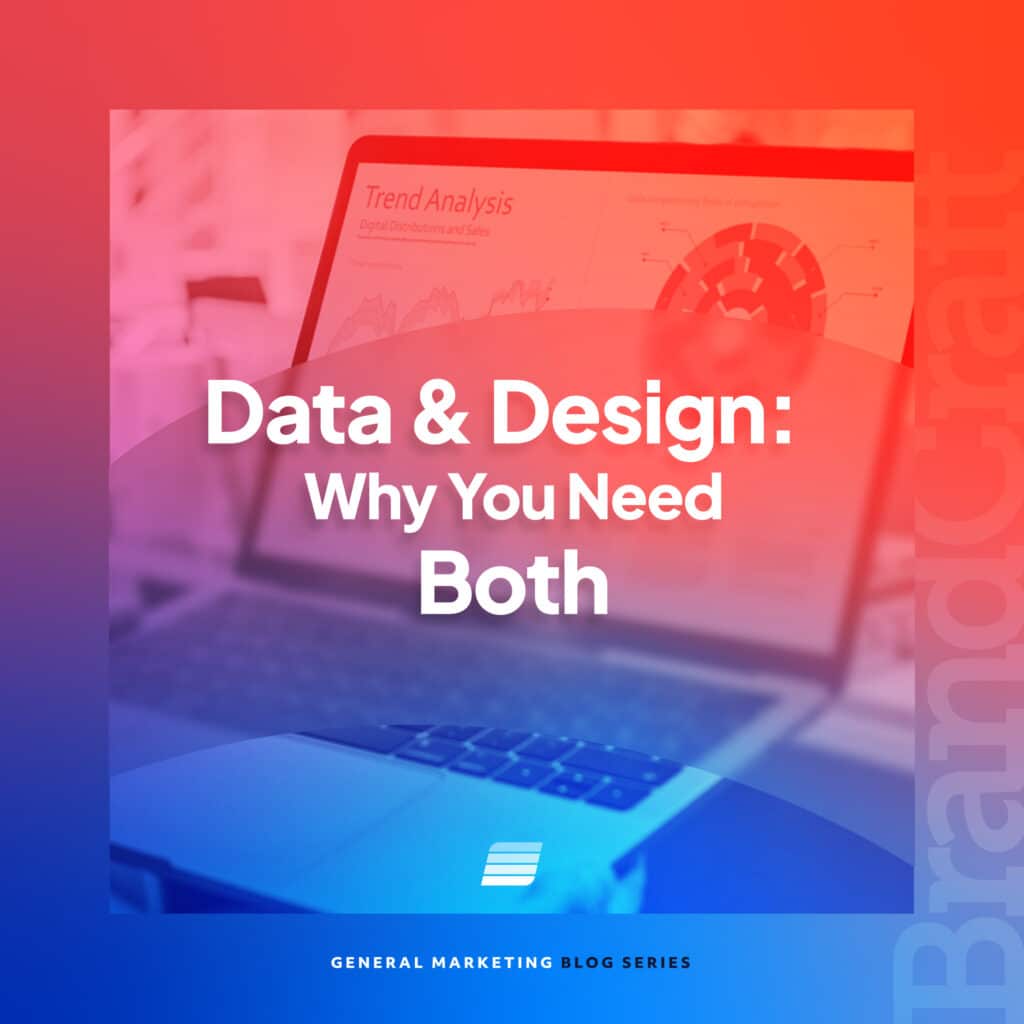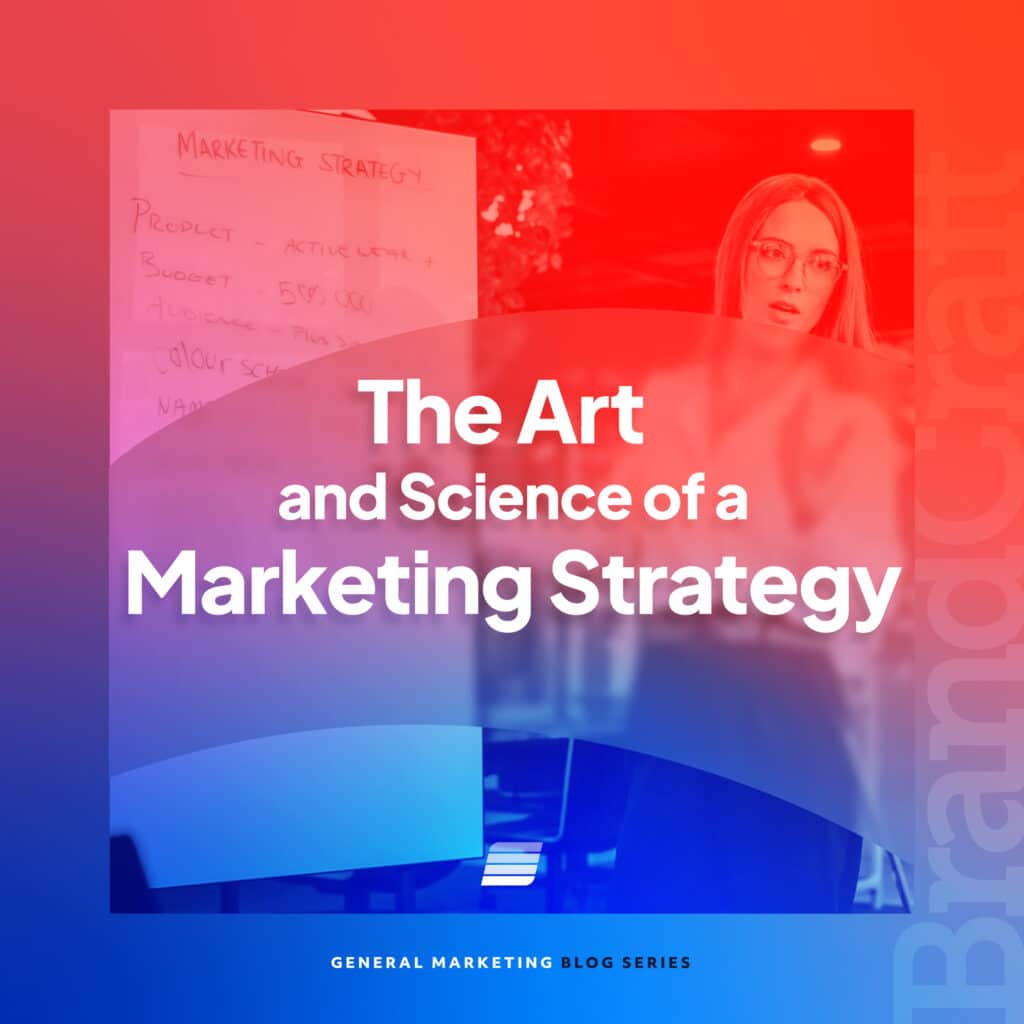The New Era of Shifting Your Focus to Marketing Activation
February 15, 2022

Brands that offer more relevant experiences are more attractive to consumers, and in return, consumers are more likely to reward them with activity. Active customers have the potential to drive significant growth for companies, and if a company has more active customers, it is likely to attain more growth. Ad-supported companies such as social networks embraced this concept of active users long ago and evaluate their growth based on the monthly and daily active users. Now, transactional product-supported and serviced-based businesses alike are embracing this concept too.
Brands are adopting activation as it focuses on improving the purchasing process of a product or service. They understand that well-coordinated and executed marketing activation programs are useful in identifying opportunities in marketing and shifting consumers to the appropriate point of contact with the appropriate information. In fact, a McKinsey study revealed that 80% of participating consumers preferred personalization from retailers and, therefore, brands that ignore this trend may lose a huge market share.
What is an active customer?
Customers can range from active to inactive. To determine exactly where your customer falls in the spectrum, you consider the following:
Frequency
Frequency looks at how often the consumer interacts with what a brand offers. Active customers consider a particular brand as part of their routine. Conversely, inactive customers interact with a brand for a specific purpose and leave for a while. They visit your brand infrequently and episodically.
Breadth
Breadth refers to how wide a customer interacts with what a brand offers. Take, for instance, a fashion shop. Inactive customers focus on a few items, e.g., they may perform a search, wishlist, and buy shoes while ignoring the rest of the catalog. They are transactional and suffer from tunnel vision. However, active customers explore multiple offerings and assimilate the complete catalog of services, products, and content.
Depth
Depth looks at how much a consumer interacts with what a brand offers. While active customers spend hours reading content, inactive consumers check out a quick 10-minute article and leave. Active customers often dig deep and spend more time on each interaction.
What is marketing activation?
Unlike in the past, businesses nowadays deal with knowledgeable customers. These are not the customers you can expect to grab their attention with billboards and simple adverts. They want something unique and outstanding. That is where marketing activation comes in. This type of marketing helps the customers relate to the brand in a better way. As a result, the brand offerings become part of their life. It is double-sided interaction between the customer and the brand. Where the brand creates experiences that stand out from the customer’s perspective.
Marketing activation is a strategy in which brands identify, concentrate on, and develop intentional experiences to drive interactions that increase activity and active customers. It can be short-term, focusing on immediate sales generation, or long-term with the main objective to foster an emotional connection between the brand and the customer.
For instance, a company may launch a new product and invite people to test it and prove how well it works compared to an older offering. That would fall under short-term market activation. But a company can as well dedicate its time and efforts to creating a product based on feedback, research, and features over the years. The customers and potential customers will reward the company by being loyal and active. This type of marketing takes a new and different approach from traditional marketing.
How traditional marketing differs from marketing activation
- The two marketing approaches differ in the data they utilize.Traditional marketing approach uses channel data for optimal channel performance. While marketing activation uses customer data to enhance the customer experience across all channels and touchpoints.
- Traditional marketing happens in a siloed communication model that is separate from interactions from other sources. Marketing activation takes an omniscient perspective and uses real-time interactions to create the best experience every time.
- The traditional marketing approach uses generic messages that drive consumers to a more relevant experience. On the other hand, marketing activation utilizes AI to make the information relevant to each customer.
The growth flywheel in traditional marketing consists of three stages: awareness, acquisition, and advocacy. This concept suggests that businesses should create awareness about what they offer, acquire customers via performance marketing campaigns, and finally offer a good transactional experience such that the customers will advocate for and share their opinion with others. While this paradigm is accurate, it lacks a crucial fourth dimension.
A complete growth flywheel consists of four parts. These include awareness, acquisition, activation, and advocacy. Activation refers to offering consistent, relevant experiences to all customers the brand acquires to ensure a seamless and intuitive experience that makes them natural brand advocates.
How to shift to marketing activation
Shifting the marketing team to a marketing activation approach requires the business to do the following:
- Commit to understanding your customers by bringing together all of their data in an easy-to-read format that customer-facing teams such as marketers can use.
- Ensure you can respond to what the customers do in real-time. For instance, you can help the clients choose the best-fitting product, display other items from customers’ favorite sellers or promote relevant alternatives when the customers view a product to avoid drop-offs. You can also alert customers when prices drop for recently carted or viewed items, thus giving them a reason to buy sooner.
- Link up the full customer experience to ensure each communication is always aware of the other. This connection allows marketing teams to act in concert rather than in competition with each other. For instance, the support team can promote cross-sells and upsells by offering easy access to browsing history and transactions. The email marketing team can also present relevant offers on the email campaigns when you pull recent customer activity from the website or mobile app into the platforms they work in.
The lowdown
Brands longing for sustainable growth in today’s age must consider shifting to marketing activation. When consumers find relevant experiences in a brand, they are willing to reward it with more attention, activity, and thus more revenue.
If you’re looking to shift to this approach, schedule a free consultation with our brand growth strategist to learn more.







